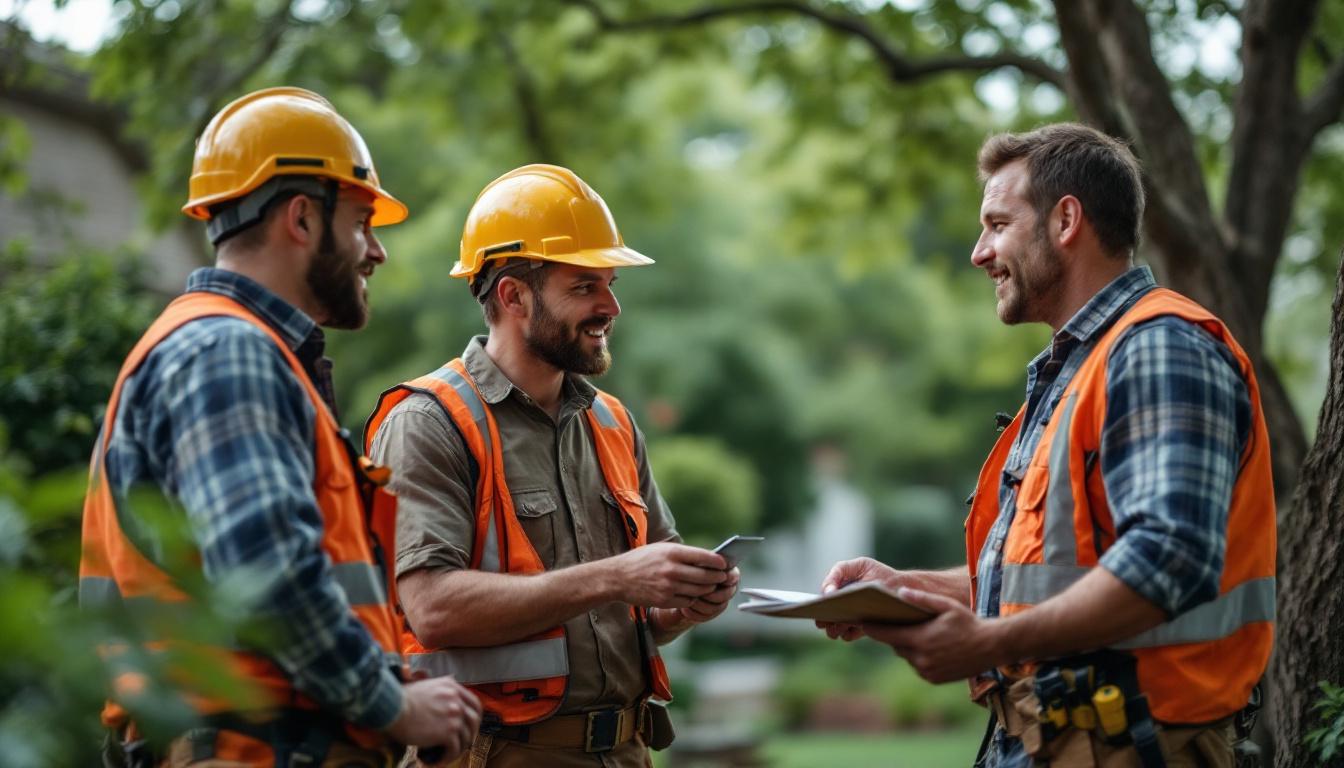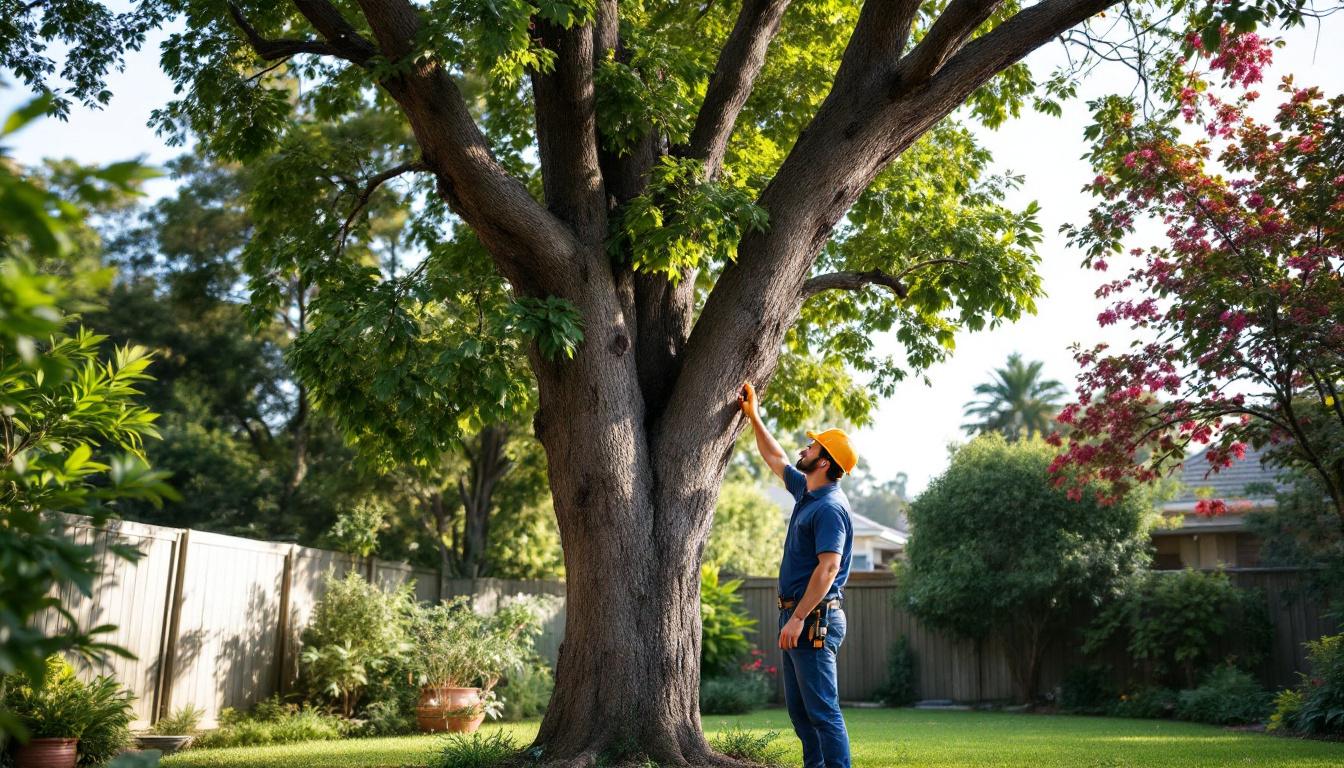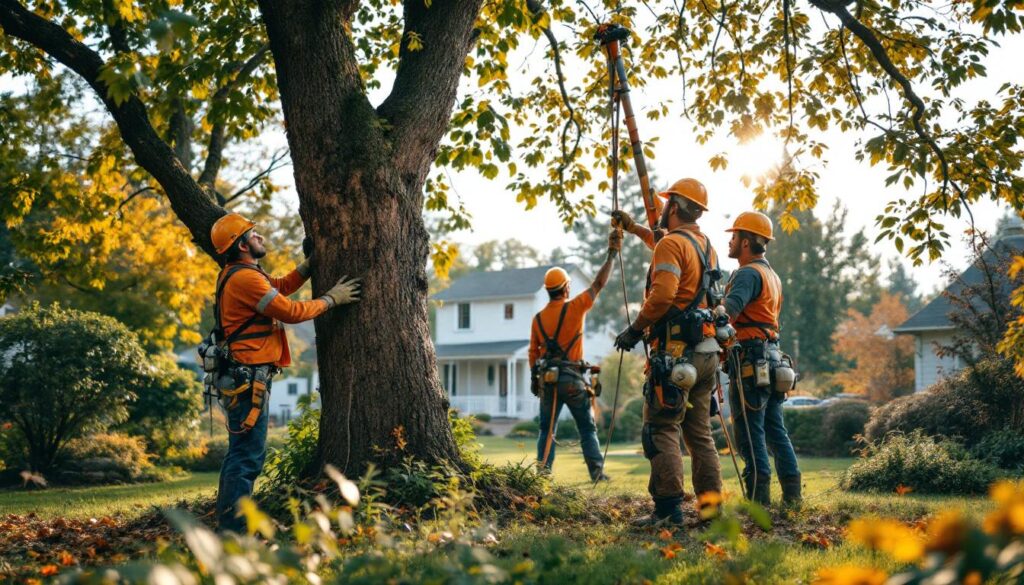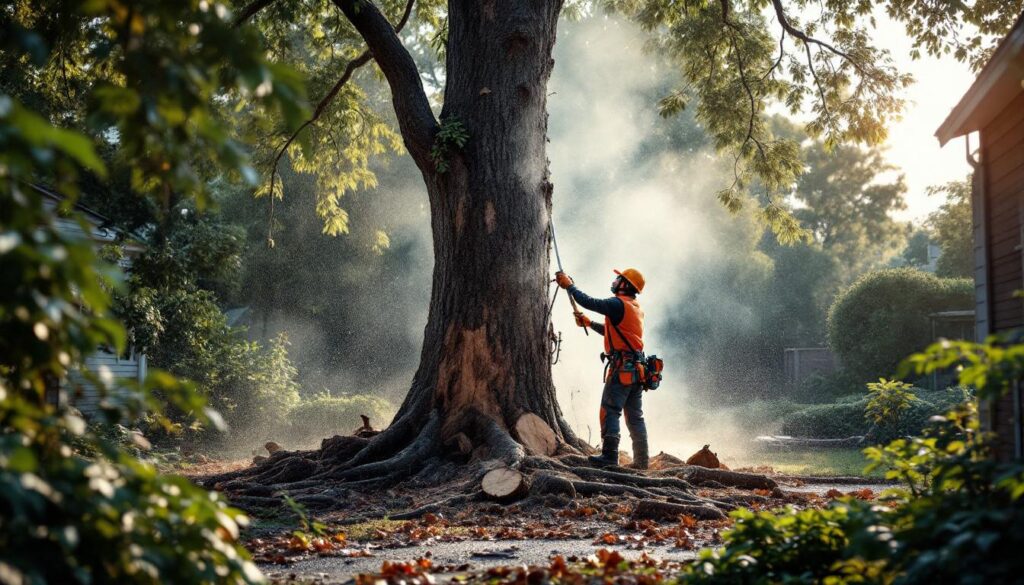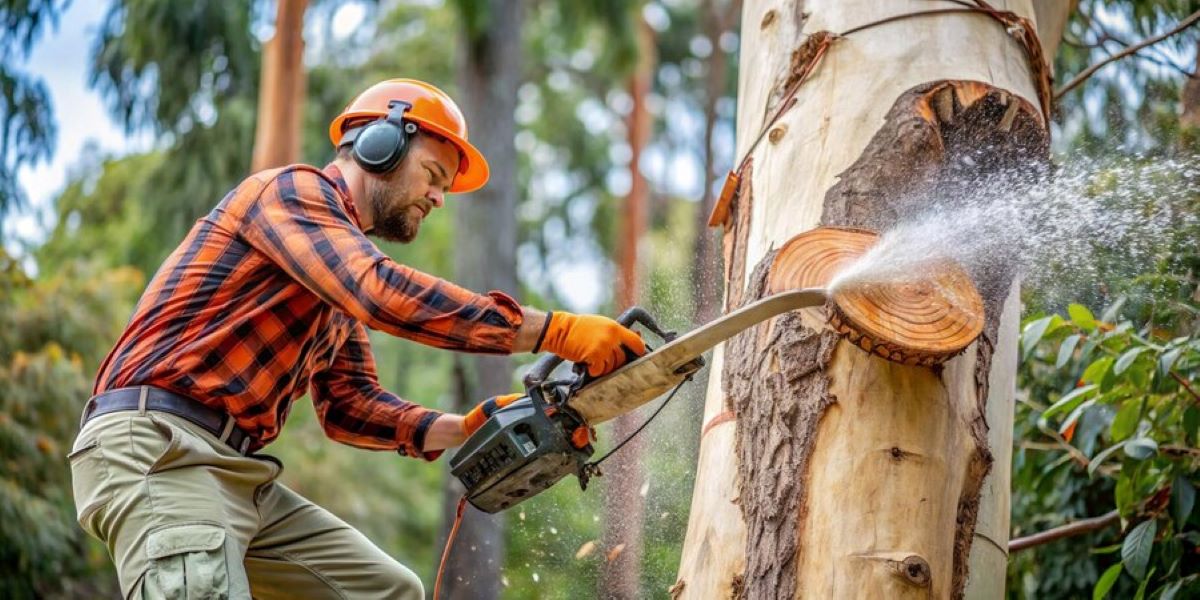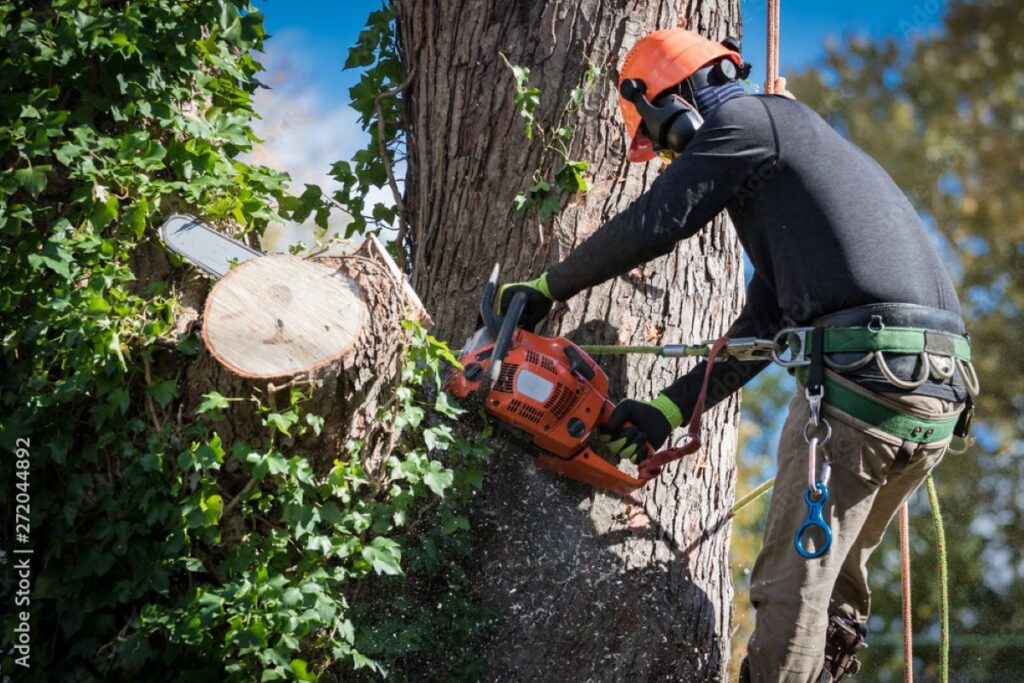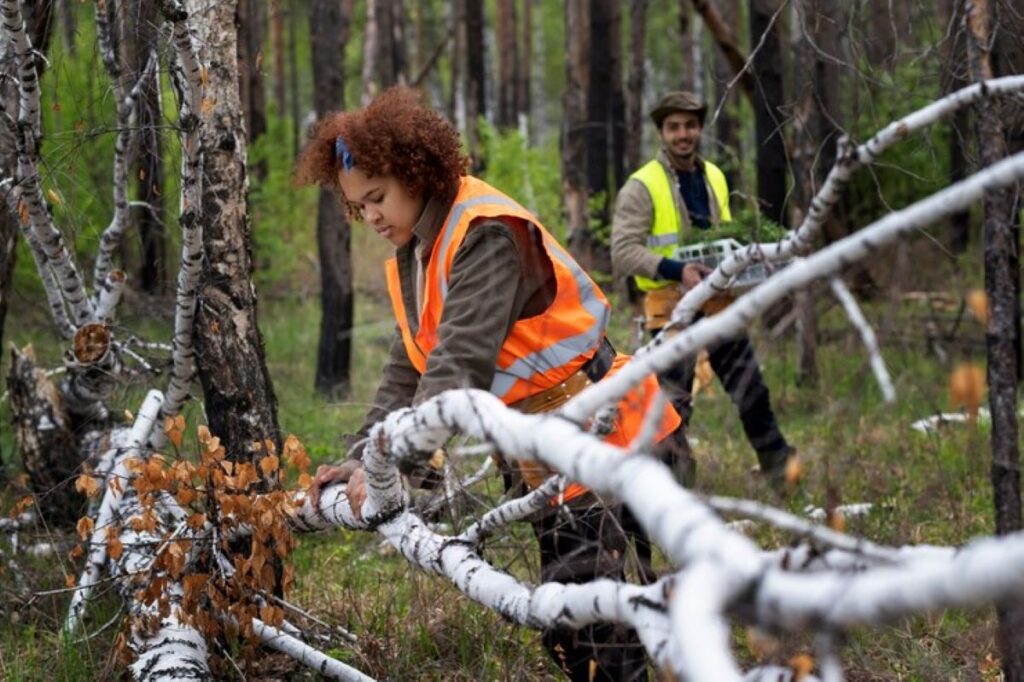Arborist Sydney North Shore: Professional Services for Residential Areas
What Are the Benefits of Hiring a Professional Arborist in Sydney’s North Shore for Your Residential Property?
Sydney’s North Shore has its own set of challenges when it comes to taking care of trees on residential properties. This area is known for its older homes, large native trees, and strict rules set by the local council. To deal with these challenges and still keep the natural beauty that makes this region special, you need expert knowledge.
PrProfessional tree services offered by trained Arborist Sydney North Shore specialists provide significant benefits for your property:
- Enhanced safety through proper hazard identification and risk mitigation
- Improved property aesthetics with expert pruning and maintenance techniques
- Increased property value through strategic tree management and health optimisation
- Environmental sustainability via species-appropriate care and preservation methods
- Council compliance ensuring all work meets local government requirements
When you hire a certified and insured arborist in Sydney North Shore, you’re getting more than just someone to take care of your trees. You’re gaining expert knowledge that keeps your family safe, preserves the natural beauty of your surroundings, and supports a healthier urban environment.
Caring for trees in the North Shore region requires a deep understanding of local soil conditions, native species behaviour, and the impact of urban development on tree health. This specialised insight is something only experienced Arborist Sydney North Shore professionals can offer.
The right arborist will collaborate with you to ensure both immediate safety and long-term sustainability for your property.
What Professional Tree Services Can You Expect from Arborists in Sydney North Shore?
Professional arborists in Sydney’s North Shore deliver comprehensive tree services designed specifically for residential properties. These certified specialists bring years of expertise to handle everything from routine maintenance to complex removals.
Core Arborist Services
Tree pruning forms the foundation of professional tree care, encompassing multiple specialised techniques such as crown cleaning, crown thinning, and structural pruning – shaping trees to develop strong branch architecture and prevent future hazards.
Tree removal services address situations where trees pose safety risks or require complete elimination. Professional arborists handle removals of any size whilst ensuring full council compliance and managing all necessary paperwork. You receive prompt service backed by proper licensing and insurance coverage.
Stump grinding utilises powerful, advanced machinery to completely eliminate tree stumps from your property. This service restores your landscape to pristine condition, allowing you to replant or repurpose the area without unsightly remnants.
Specialised Residential Solutions
Emergency tree removal provides immediate response following severe weather events. Storm-damaged trees create urgent safety hazards that require swift professional intervention. Certified arborists assess damage quickly and execute safe removal procedures to protect your property and family.
Tree maintenance programs keep your trees healthy year-round through regular inspections, targeted treatments, and preventive care. These services identify potential issues before they become costly problems.
Vegetation management services address the unique challenges of urban residential settings. Professional arborists understand how trees interact with power lines, neighbouring properties, and existing infrastructure. They develop tailored solutions that balance tree preservation with practical residential needs, ensuring your landscape remains both beautiful and functional for your North Shore property.
Why Is It Crucial to Hire Certified and Insured Arborists in Sydney North Shore?
Certified arborists bring professional expertise that protects both your property and your investment. When you engage qualified tree care specialists in Sydney’s North Shore, you’re securing services from professionals who understand the complexities of urban tree management and local environmental conditions.
The Importance of Professional Certifications in Arboriculture
Professional certifications matter significantly in arboriculture. Reputable companies like Arbor Pride employ Level 5 arborist certification holders who have completed extensive training and assessment programs. These certifications span from Level 2 through Level 5 practitioner levels, with each tier representing increased expertise in:
- Tree biology and physiology assessment
- Risk evaluation and hazard identification
- Species-specific care requirements
- Advanced pruning and removal techniques
The Role of ISO Standards Compliance
ISO standards compliance adds another layer of professional credibility. Companies certified under ISO 14001, ISO 4801, and ISO 9001 demonstrate commitment to environmental management, occupational health and safety, and quality management systems respectively.
The Importance of Insurance Coverage for Tree Services
Insured tree services provide essential protection for homeowners. Professional arborists carry comprehensive public liability insurance – often up to $20 million coverage – which safeguards you against potential property damage or accidents during tree work. This insurance coverage becomes particularly important when dealing with large mature trees common throughout North Shore suburbs.
The Significance of Proper Licensing
Accountability through proper licensing ensures your chosen arborist operates within legal frameworks and industry best practices. Licensed professionals understand council regulations, permit requirements, and safety protocols that amateur operators might overlook. They maintain memberships with recognised industry bodies including Arboriculture Australia, the Tree Contractors Association, and the International Society of Arboriculture (ISA), demonstrating ongoing professional development and adherence to industry standards.
How Do Arborists Tackle Unique Tree Care Challenges Faced by Residential Properties in Sydney North Shore?
Sydney’s North Shore has its own set of tree care challenges that need specialised knowledge and careful planning. Taking care of mature trees, especially when they are situated on small properties, means understanding the importance of their root systems, canopy shapes, and finding a balance between keeping them intact and ensuring safety.
Navigating Complexities with Heritage Homes Trees
Trees on heritage homes present particularly tricky situations for professional arborists. These properties often have century-old trees that have grown alongside historic buildings, creating intricate relationships between tree roots and foundation systems. Certified arborists assess these situations using advanced diagnostic techniques to determine which branches can be safely pruned without compromising the tree’s structural integrity or historical significance.
Overcoming Root System Issues
One of the most difficult parts of tree care in North Shore is dealing with problems caused by root systems. Extensive root networks often spread beneath driveways, pathways, and building foundations, leading to:
- Cracked concrete surfaces and uneven walkways
- Blocked drainage systems and plumbing interference
- Structural damage to retaining walls and garden borders
- Compromised building foundations in older properties
To tackle these issues while keeping the trees healthy, professional arborists use methods like installing root barriers, selectively pruning roots, and loosening compacted soil.
Managing Storm Damage Risks
Being proactive in handling storm damage risks is essential. During severe weather events, the mature canopies in North Shore become vulnerable, with heavy branches posing a threat to property and personal safety. Arborists regularly assess the structure of trees, looking for weak branch unions, deadwood, and overextended limbs that could break during storms.
Pruning Techniques for Overhanging Branches
When branches hang over infrastructure such as roads or power lines, precise pruning techniques are necessary to respect both the biology of the tree and the requirements of the property. Qualified arborists employ methods like reducing the size of crowns, directing growth through pruning cuts, and distributing weight evenly among branches to manage canopy growth while preserving the natural shape of the tree and promoting its ongoing development.
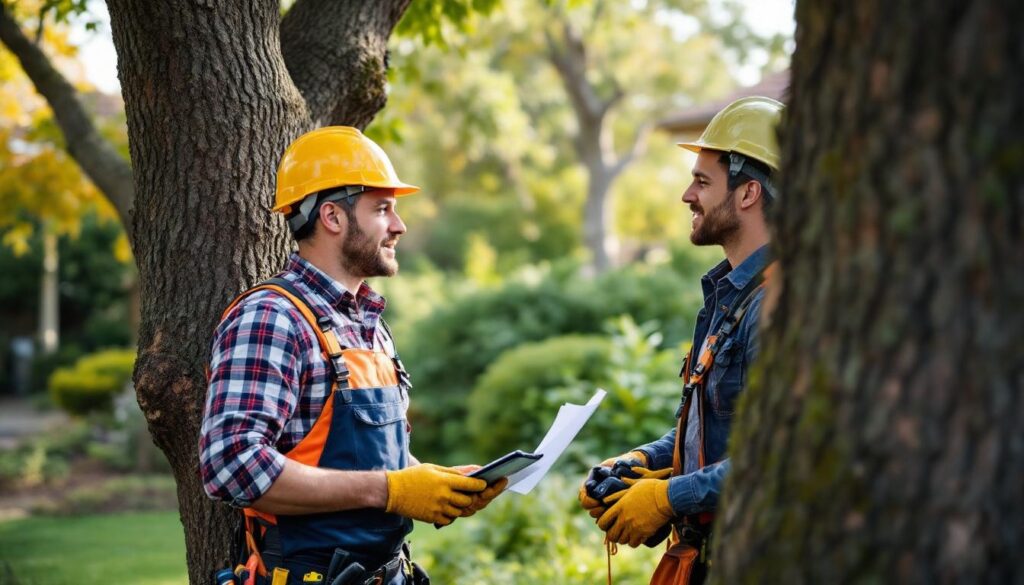
What Role Do Arborist Reports and Inspections Play in Ensuring Safe and Healthy Trees for Residential Areas in Sydney North Shore?
Arborist reports are detailed documents that identify potential dangers and assess the structural soundness of trees on your property. These evaluations look at factors such as the presence of diseases, pest infestations, structural flaws, and environmental stressors that could weaken tree stability. Professional arborists use specialised tools and trained observation methods to find problems that untrained individuals might overlook, such as internal decay, root issues, and branch weakness.
Tree health inspections provide homeowners with important information about the current condition and future viability of their trees. Level 5 certified arborists conduct thorough assessments that evaluate:
- Canopy density and branch structure
- Root system health and soil conditions
- Signs of disease or pest activity
- Proximity risks to buildings and infrastructure
- Compliance with local council regulations
Risk assessments are a crucial part of professional tree evaluations, especially for mature trees commonly found in North Shore suburbs. These assessments categorise trees based on their potential to cause property damage or personal injury, helping you prioritise maintenance tasks and budget allocation.
The inspection process generates actionable maintenance plans that extend tree lifespan while protecting your investment. Detailed reports include photographic evidence, recommended treatments, and timeframes for necessary interventions. You receive clear guidance on which trees require immediate attention versus those needing routine monitoring.
Regular professional inspections help you avoid expensive emergency situations by finding problems before they worsen. Certified arborists provide documentation that meets insurance requirements and council compliance, ensuring you keep proper records for future reference. These reports become valuable assets when selling property, showing responsible tree management to potential buyers.
Which Suburbs on Sydney’s North Shore Can You Find Reliable Arborists Like Arbor Pride?
Neutral Bay arborists and Mosman tree services are just the start of our wide-ranging coverage across Sydney’s prestigious North Shore region. Arbor Pride’s certified team brings their expertise to the area’s most desirable residential locations.
The service area includes:
- Neutral Bay – Heritage tree management and residential pruning, including compliance with local regulations similar to those found in Florida’s tree ordinances.
- Mosman – Waterfront property tree care and council compliance
- Cremorne – Mature tree maintenance and emergency services
- North Sydney – Commercial and residential tree solutions
- Kirribilli – Harbour-side property vegetation management
- Cammeray – Suburban tree health assessments
- Northbridge – Stump grinding and removal services
- Willoughby – Tree protection zone establishment, akin to the critical area development guidelines in Anne Arundel County.
Each suburb has its own challenges, whether it’s dealing with heritage-listed trees in established neighbourhoods or managing vegetation in modern developments. The varied landscape and microclimates in these areas require specific knowledge that comes from years of practical experience.
You can expect the same level of professional tree care whether you’re looking after a waterfront property in Mosman or taking care of mature natives in Cremorne. Our wide coverage means we can provide consistent service quality and quick response times throughout all North Shore locations.
See Also : Arborist Western Sydney: Local Specialists for Safe Tree Management
How Do Professional Arborists Prioritise Safety and Efficiency During Tree Removal and Maintenance Work in Sydney North Shore Residential Areas?
Professional arborists in Sydney’s North Shore implement safe tree removal practices through systematic approaches that protect both property and personnel. You can expect certified professionals to conduct thorough site assessments before commencing any work, identifying potential hazards such as power lines, structures, and pedestrian areas.
Advanced Equipment and Technology
Modern arborists utilise cutting-edge machinery designed specifically for residential environments:
- Powerful stump grinders capable of removing stumps below ground level without damaging surrounding landscaping
- Crane-assisted removal systems for large trees in confined spaces
- Precision cutting tools that ensure controlled dismantling of tree sections
- Wood chippers for immediate debris processing and site cleanup
Safety Protocols in Action
Certified arborists follow strict safety protocols during every project. You’ll notice professionals wearing appropriate personal protective equipment (PPE) and establishing clear work zones around the operation area. They coordinate with local utilities when working near power lines and implement traffic management strategies for street-side work.
Efficient Project Management
The combination of experienced personnel and professional-grade equipment allows arborists to complete residential projects efficiently. Teams arrive with comprehensive tool sets, reducing multiple site visits and minimising disruption to your daily routine. This systematic approach ensures Arborist Sydney North Shore: Professional Services for Residential Areas maintain the highest standards while delivering timely results for homeowners across the region.
What Makes Arbor Pride Stand Out as a Trusted Choice for Residents Seeking Expert Tree Care Solutions in Sydney North Shore?
Arbor Pride experience Sydney North Shore spans more than two decades, establishing the company as a cornerstone of reliable tree care services throughout the region. This extensive local experience translates into deep understanding of the unique challenges facing North Shore properties, from heritage tree preservation to managing mature vegetation in densely populated residential areas.
The company’s commitment to prompt service delivery sets them apart in an industry where timing often determines the difference between minor maintenance and major property damage. You can rely on their team to respond quickly to both routine maintenance requests and urgent tree-related emergencies, ensuring your property remains safe and well-maintained year-round.
Professional certifications demonstrate Arbor Pride’s dedication to industry excellence:
- ISO 14001/4801/9001 Certified Business Chamber status
- Level 2-5 tree practitioners on staff
- $20 million Public Liability Insurance coverage
- Active membership in Arboriculture Australia, Tree Contractors Association, and International Society of Arboriculture (ISA)
These credentials reflect rigorous training standards and ongoing professional development that you can trust for your valuable trees and property. The combination of extensive local knowledge, rapid response capabilities, and industry-leading qualifications creates a service package specifically designed to meet the demanding requirements of Sydney North Shore residential properties.
How Do Arborists Ensure Compliance with Local Council Regulations When Undertaking Tree Work in Sydney North Shore Residential Areas?
Navigating council permits Sydney trees requirements can be complex for homeowners, but professional arborists possess the expertise to guide you through these regulations seamlessly. Each Local Government Area (LGA) across Sydney’s North Shore maintains specific rules governing tree removal, pruning, and maintenance activities on residential properties.
Professional arborists understand the intricate permit requirements that vary between councils such as North Sydney, Mosman, and Willoughby. They assess whether your proposed tree work requires formal approval, considering factors like:
- Tree species and protection status
- Trunk diameter measurements
- Heritage or significant tree classifications
- Proximity to property boundaries
- Environmental impact assessments
Certified arborists handle the entire permit application process on your behalf, preparing detailed documentation that includes site plans, photographs, and justification reports. This expertise prevents costly delays and ensures your tree work proceeds legally and efficiently.
Arbor Pride’s experienced team maintains current knowledge of evolving council regulations across all North Shore suburbs. Their Level 2-5 certified practitioners provide accurate guidance on compliance requirements, helping you avoid potential fines or legal complications. They prepare comprehensive arborist reports that satisfy council requirements whilst clearly outlining the necessity and methodology of proposed tree work.
This regulatory expertise protects both your property investment and ensures responsible environmental stewardship within your local community.
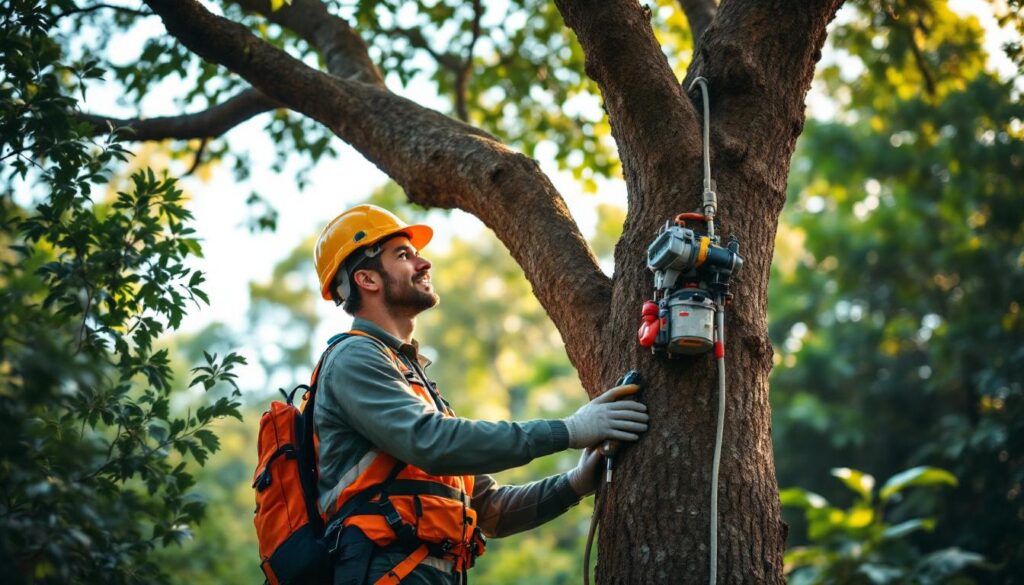
Why Choose Arbor Pride as Your Preferred Residential Arborist Service Provider in Sydney’s North Shore?
When you’re looking for professional arborist services in Sydney’s North Shore for residential areas, Arbor Pride offers unmatched expertise with over 20 years of local experience. Our team consists of Level 2-5 certified practitioners who are familiar with the specific challenges that North Shore properties face, such as preserving heritage trees and managing complex root systems.
Protecting Your Property and Family
By hiring qualified arborists, you are investing in the protection of your property value and the safety of your family. Arbor Pride holds comprehensive certifications, including ISO standards and $20 million public liability insurance, which guarantees your peace of mind throughout the entire process.
Personalised Service for Your Tree Care Needs
We understand that every tree care requirement is unique. That’s why we provide personalised service through:
- Detailed on-site inspections
- Transparent quotes
- Tailored maintenance plans
These measures ensure that we address your specific tree care needs effectively.
Efficient and Safe Tree Services
At Arbor Pride, we combine advanced technology, powerful machinery, and extensive local knowledge to deliver efficient and safe tree services. Whether you require:
- Emergency storm damage response
- Routine pruning
- Complex removals
You can rely on our proven track record across Neutral Bay, Mosman, Cremorne, and nearby suburbs.
Ready to experience professional tree care excellence? Contact Arbor Pride today for your consultation or quote.
Arborist Sydney North Shore: Professional Services for Residential Areas Read More »

